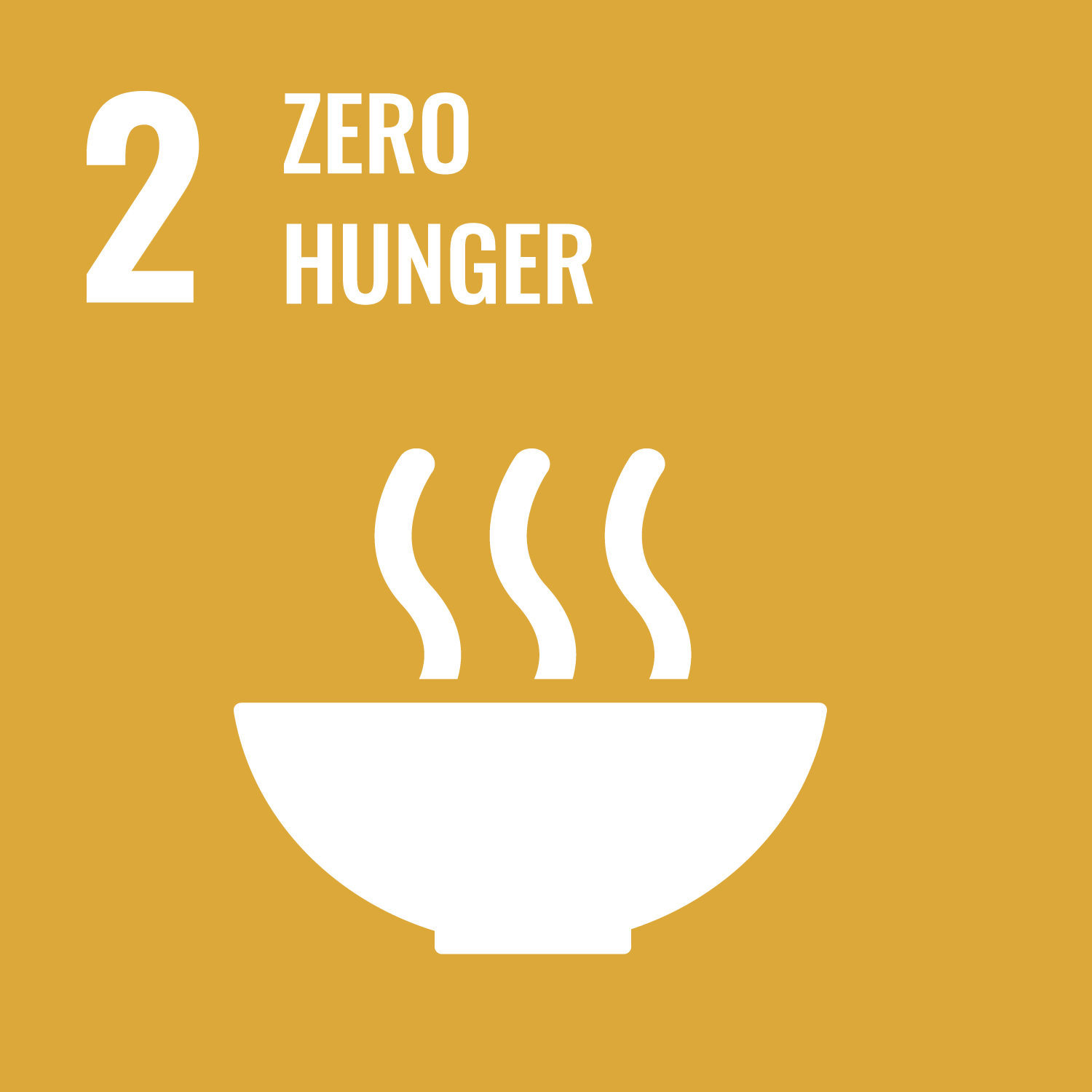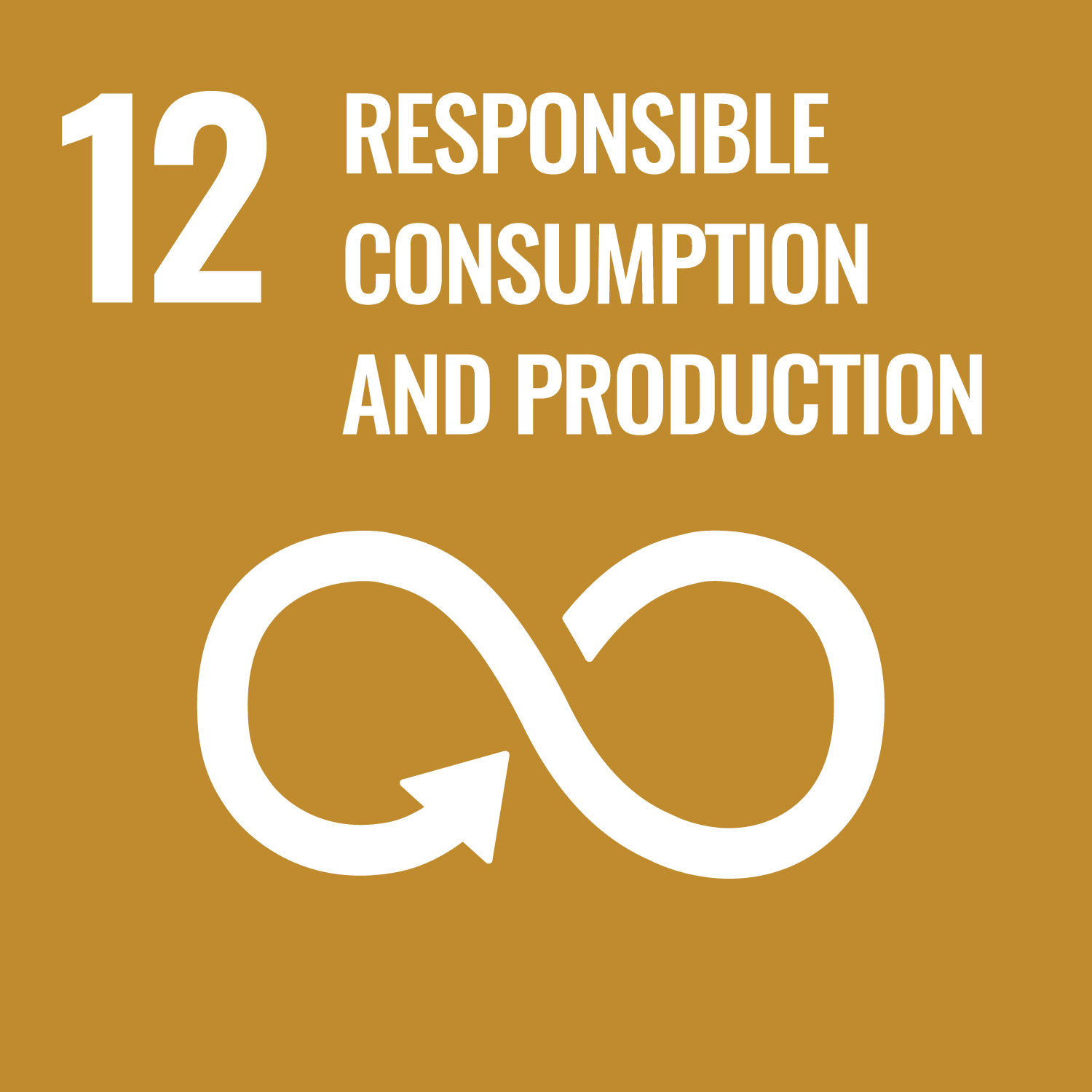- Home
- Food and Biodiversity for the Health of the Planet and Its Inhabitants
Research
Food and Biodiversity for the Health of the Planet and Its Inhabitants
The Food System

The food system is responsible, according to recent estimates, for 34% of total greenhouse gas emissions. Of this 34%, 71% is attributed solely to primary production, meaning agricultural activities. Added to this are, among other impacts, the effects on biodiversity loss mainly due to the conversion of natural ecosystems into agricultural land. Natural ecosystems typically host far greater biodiversity than agricultural systems. Additionally, soil fertility tends to decline as a result of many current agricultural practices.
It is therefore evident that food production is a sector where sustainability is a central issue, and where this theme must be balanced with global needs to produce sufficient quantities at reasonable prices and with continuously improving quality, also to better protect human health.
This is also a sector with a great need for precise quantitative analyses to avoid the oversimplifications that often characterize it and to better identify effective and lasting solutions. Identifying where and at what level environmental impacts occur within each production chain is fundamental to mitigating those impacts through joint actions by farmers, agro-food industries, and consumers. This process must naturally start with estimating food demand both locally and globally, with a forward-looking perspective on how food needs will evolve according to demographic, economic, and social dynamics of the world population.
Once the needs are determined, a mosaic of solutions must be identified that can meet them while minimizing environmental impact and keeping price dynamics within reasonable limits to avoid social tensions. It is unlikely there will be a single solution suitable for all types of production and production environments, but it is certainly necessary that, for each process and production chain, the various types of environmental impacts can be determined analytically and accurately.
To this end, this Working Group — which also includes researchers from the Universities of Udine and Trieste, the Italian Liver Foundation (FIF), and Illycaffè SpA — investigates innovative life cycle assessment (LCA) tools and the integration of diverse data types that can serve as inputs for LCA. But beyond merely assessing the current situation, the group also aims to identify innovative solutions to reduce the environmental footprint of agri-food production.
The Future of Agriculture

With this development, Western man has increasingly come to equate a highly artificial system and landscape, such as agricultural ones, entirely shaped by humans—resulting from their constant work of domestication, modification, and creation—with natural landscapes, which are the product of natural evolution.
The paradox for Western man in this context is that he often seems more willing and sensitive to protect the pseudo-nature he has created than the true nature that we should genuinely care for. Regarding the future of agriculture and its sustainability, the dilemma we face today is precisely whether to continue as we have until now, without change or even by returning to the past, as some seem to want, thus putting at risk what remains of the true nature, or whether we want to rely on scientific progress to reduce the environmental impact of agriculture without cultivating more land, and therefore without endangering the already threatened and scarce natural ecosystems.
It is therefore necessary to consider a series of innovative technologies with the potential to improve agricultural sustainability (agronomic practices, genetic improvement, etc.) and to evaluate their impact using the same LCA methods described above, in terms of environmental, economic, and social sustainability.
Great quantitative attention is given to reducing losses in the food production and distribution chain, with particular care to clearly distinguish between food waste and food loss, and to the possible benefits that could arise from changes in the population’s eating habits, guiding choices towards solutions that are truly more environmentally sustainable and bring greater benefits to human health.



